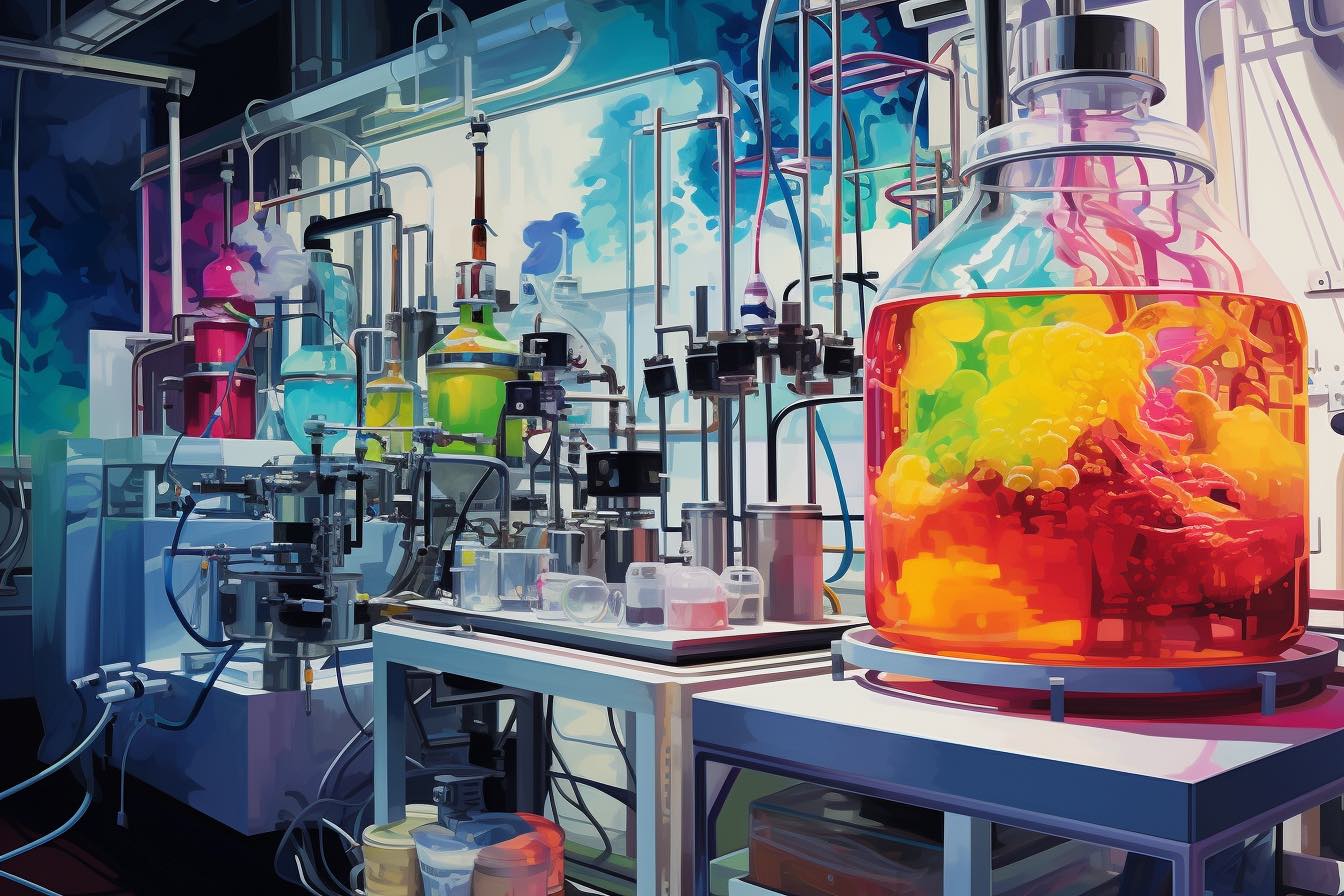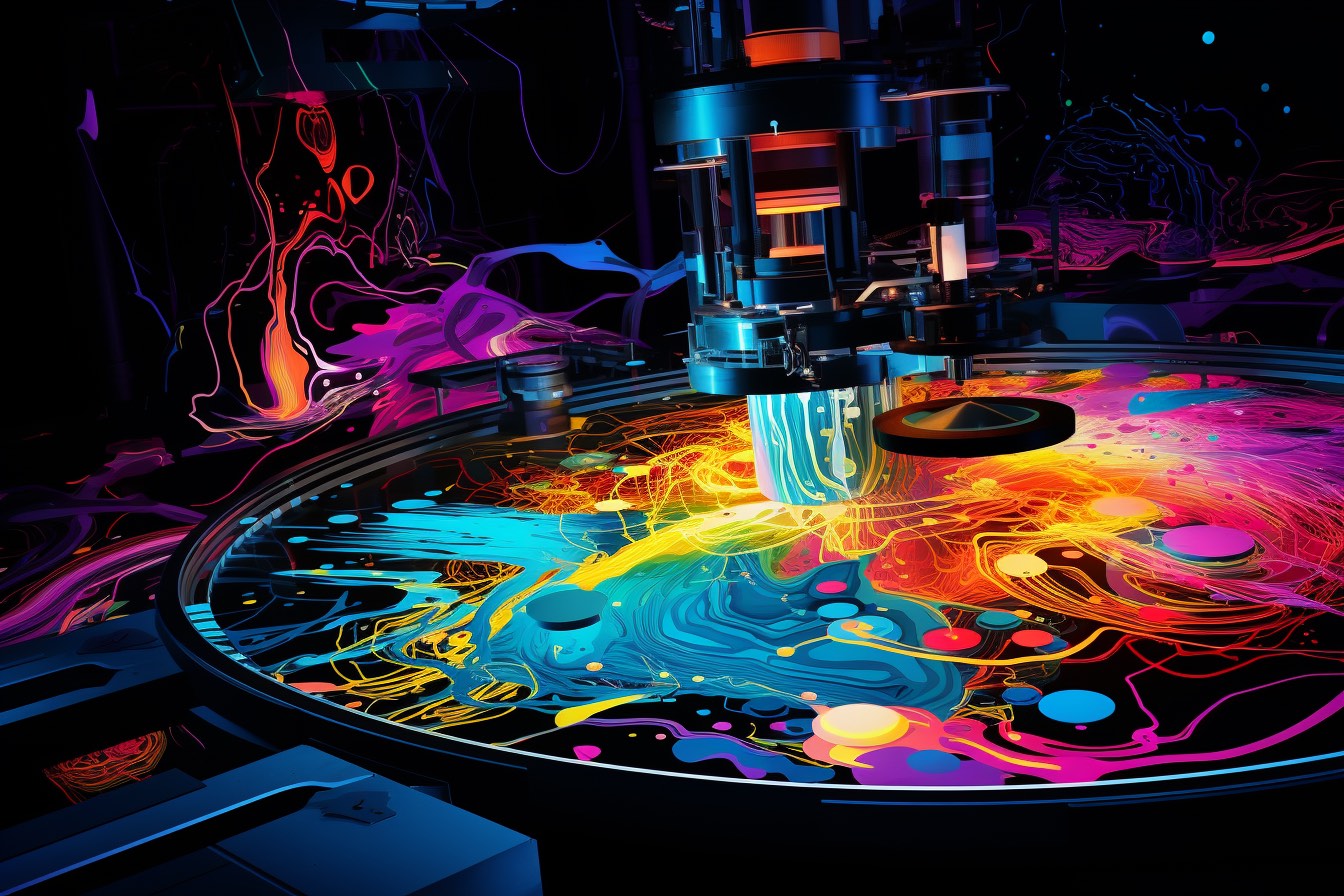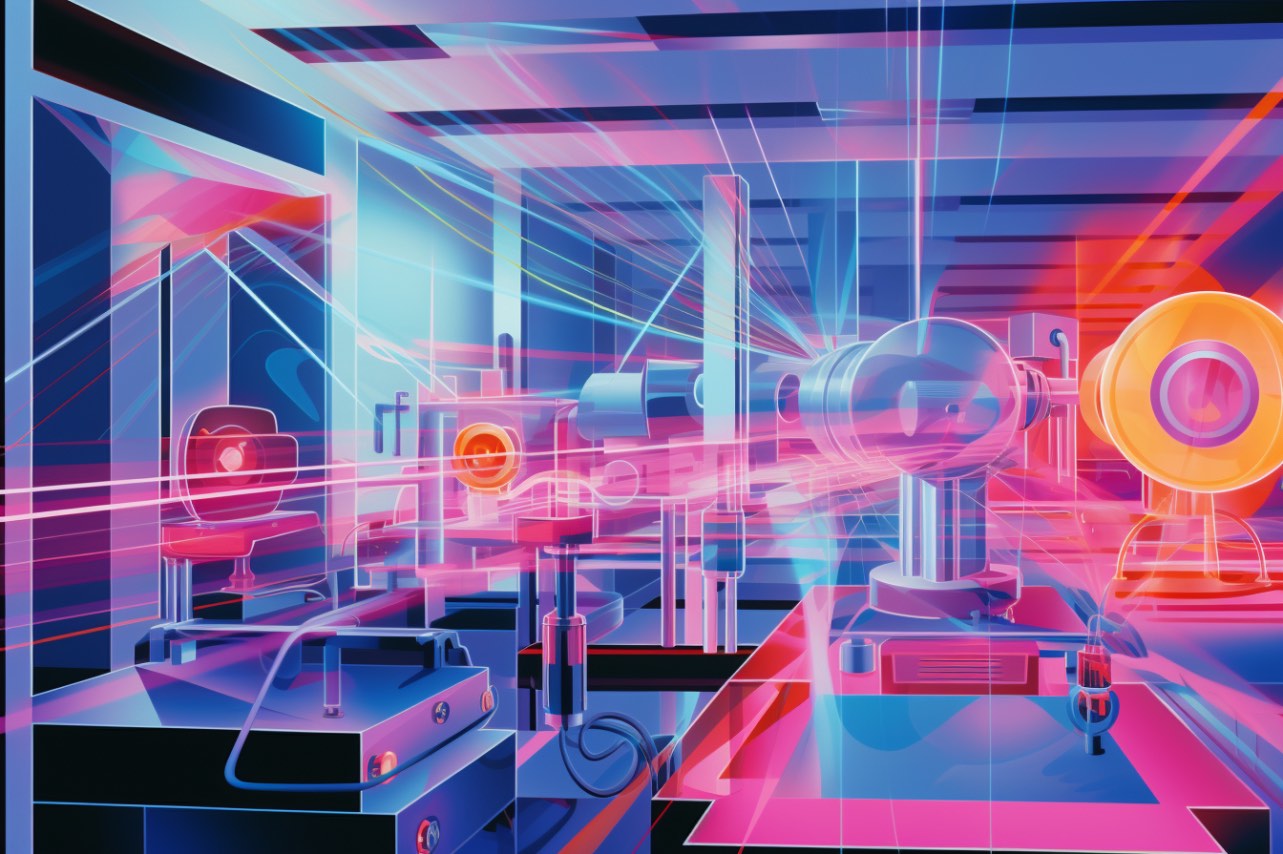
Ph.D. in Chemistry
2015 - 2021

B.A. in Chemistry
2013 - 2014

Chemical Engineering
2011 - 2012
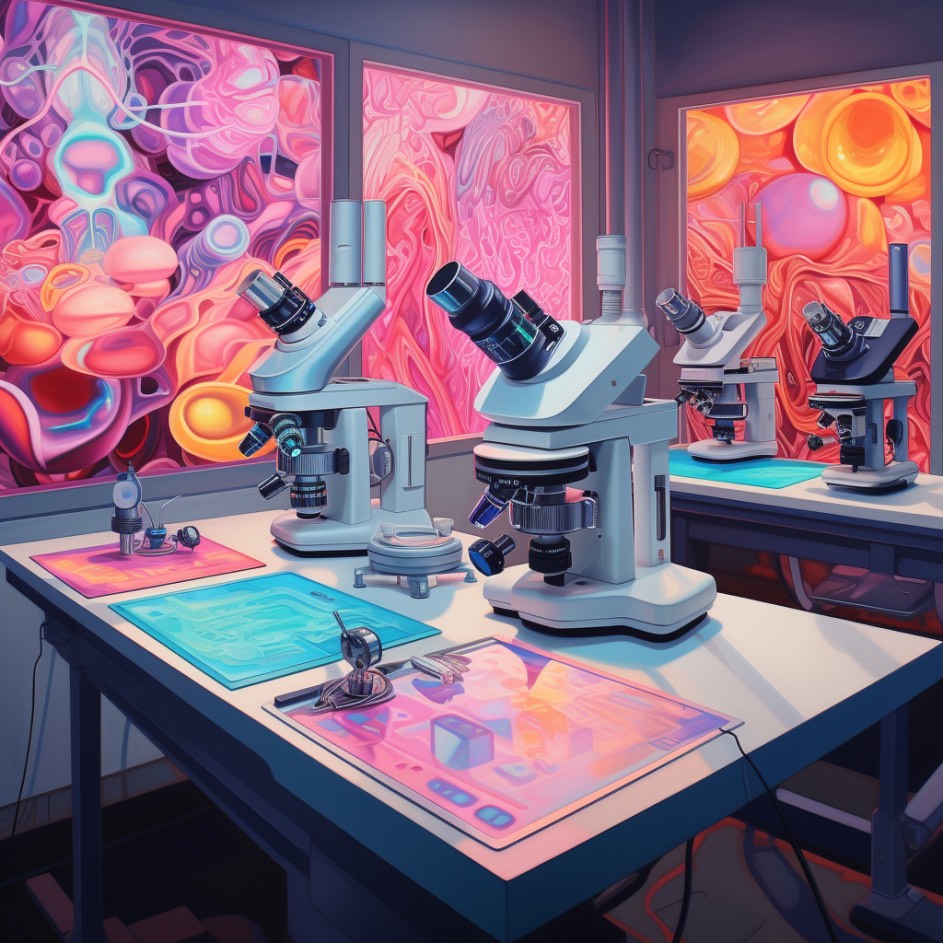
Harnessing the principles of physics and cutting-edge technology researchers have developed Optically Modulated Fluorescent Proteins (OMFPs) to modulate fluorescence intensity in fluorescence microscopy, significantly improving imaging sensitivity and specificity in cellular biology.
Such advancement, exemplified by methods like Synchronously Amplified Fluorescence Image Recovery (SAFIRe), enhances the accuracy of biological investigation, driving breakthroughs in life sciences from understanding disease pathways to therapeutic innovation.
OMFPs, a novel class of fluorescent proteins meticulously researched and uncovered by our team, hold immense potential in revolutionizing the landscape of live-cell fluorescence imaging.
The fluorescence intensity of OMFPs can be precisely modulated via co-illumination with photons exhibiting more red-shifted wavelengths than their inherent fluorescence.
Optical modulation and delayed fluorescence from OMFPs and additional fluorophores can be modeled with exceptional fidelity.
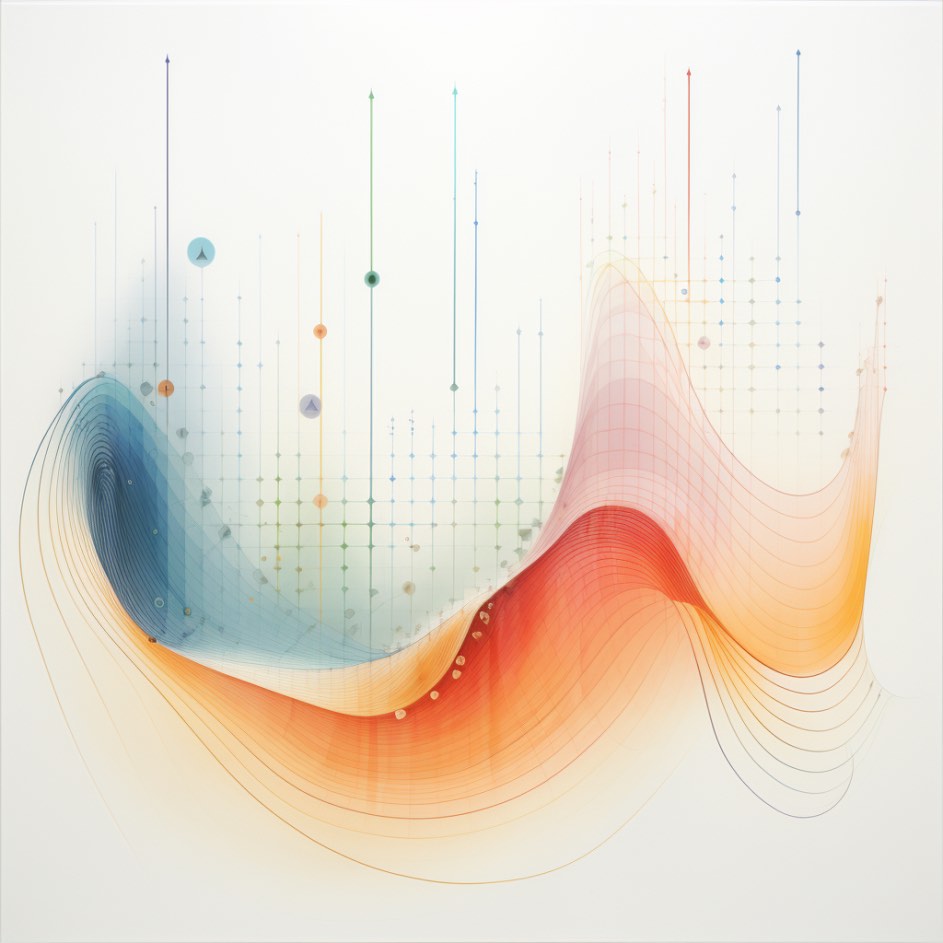
Algorithmic problem solving by mathematical toolkit and the state-of-the-art instrument is a crucial to the success of retention projection.
